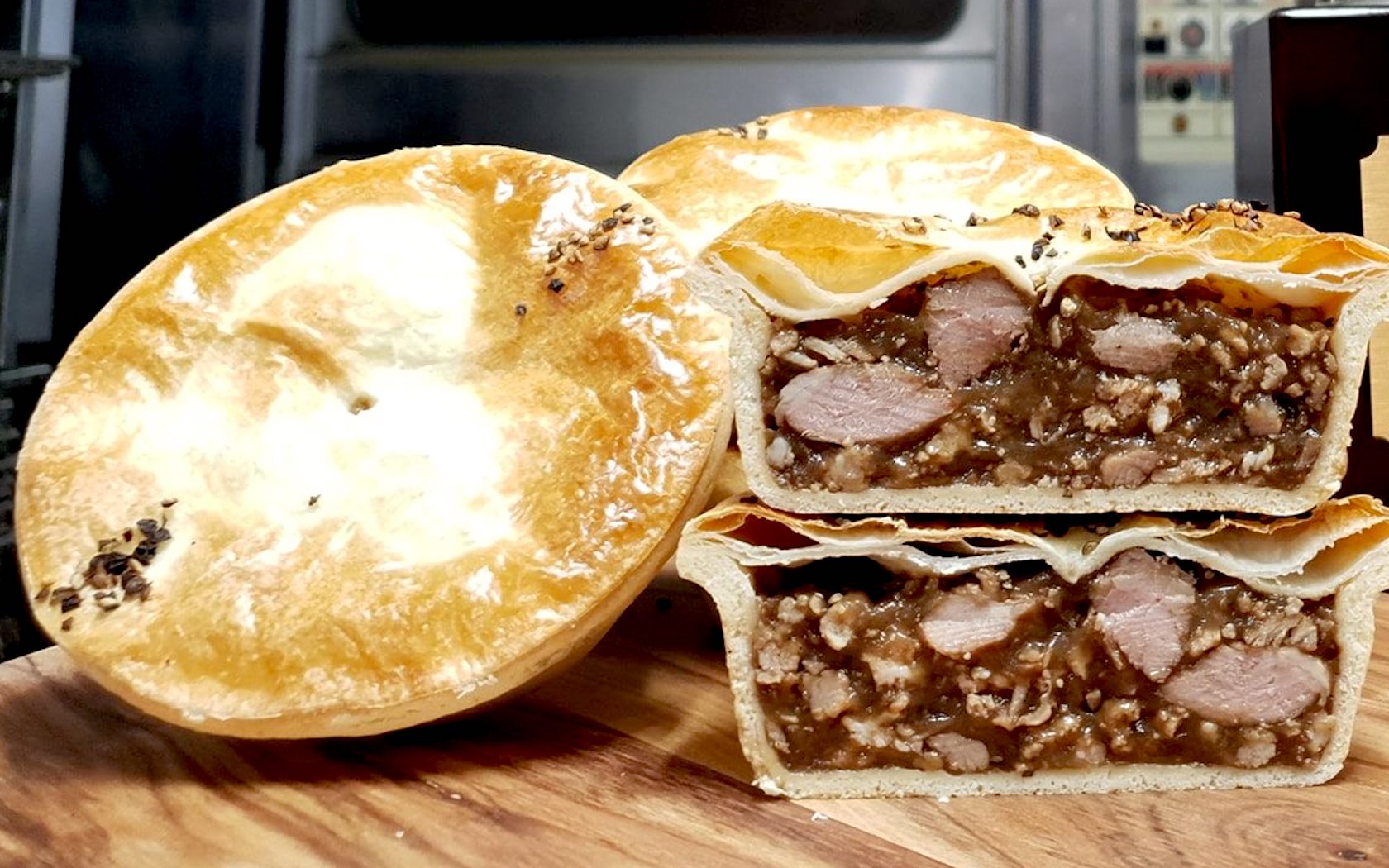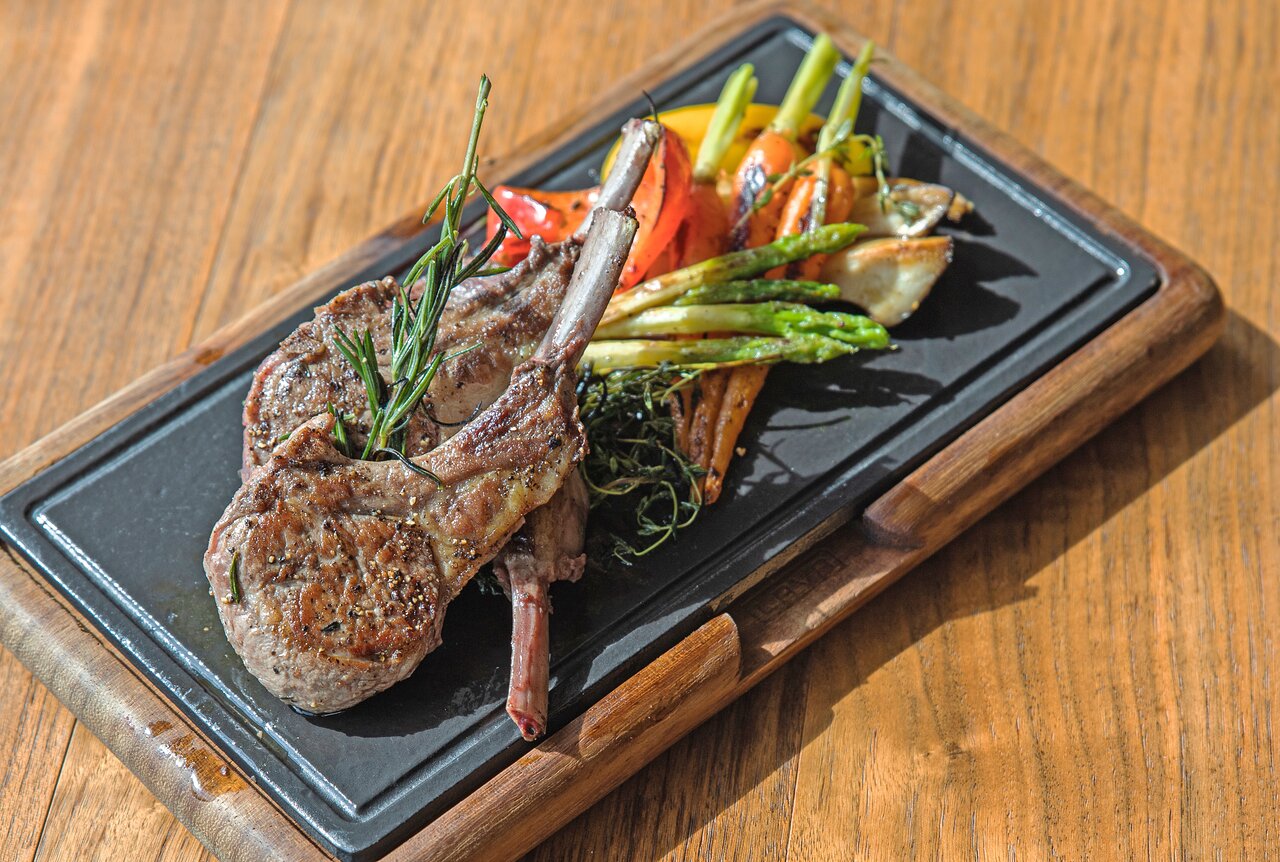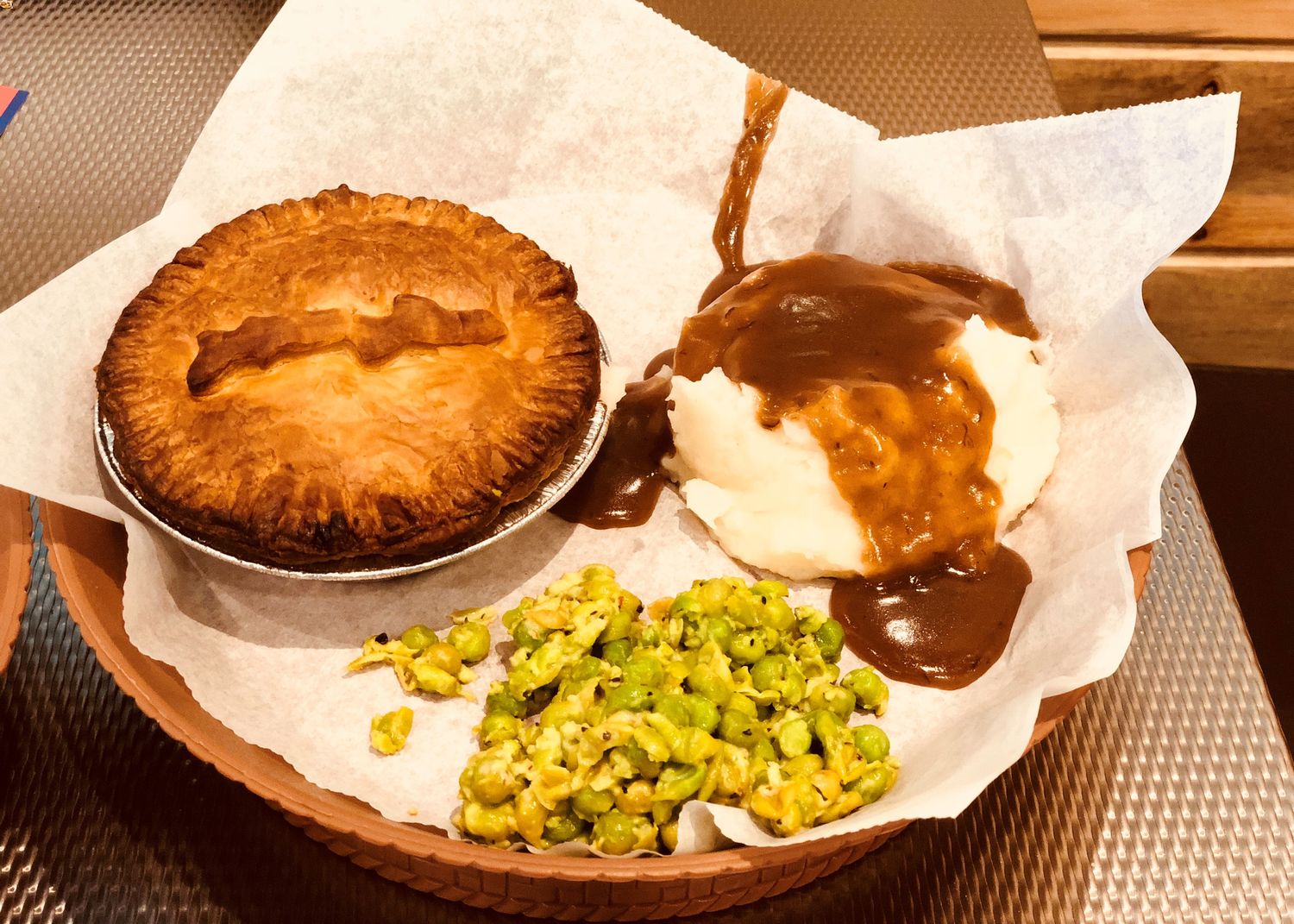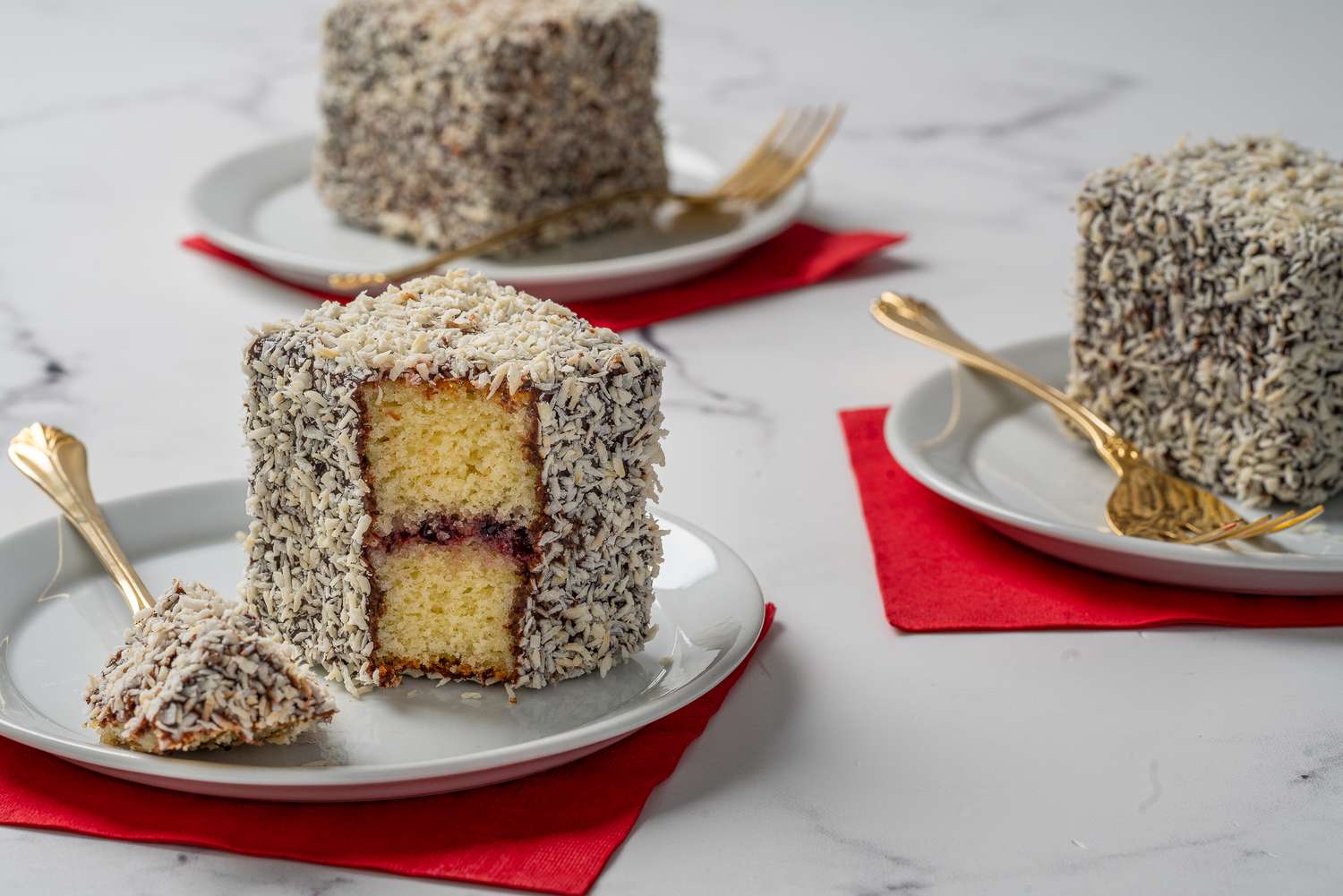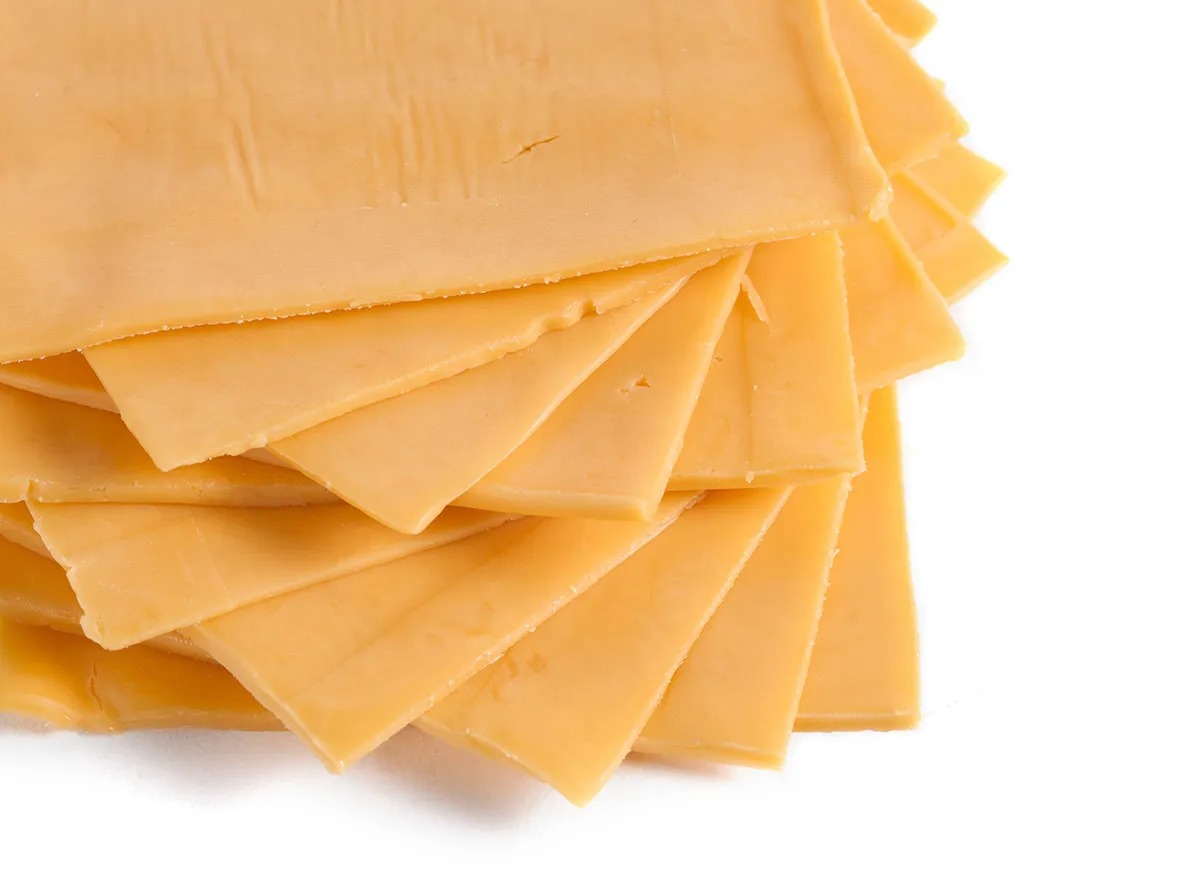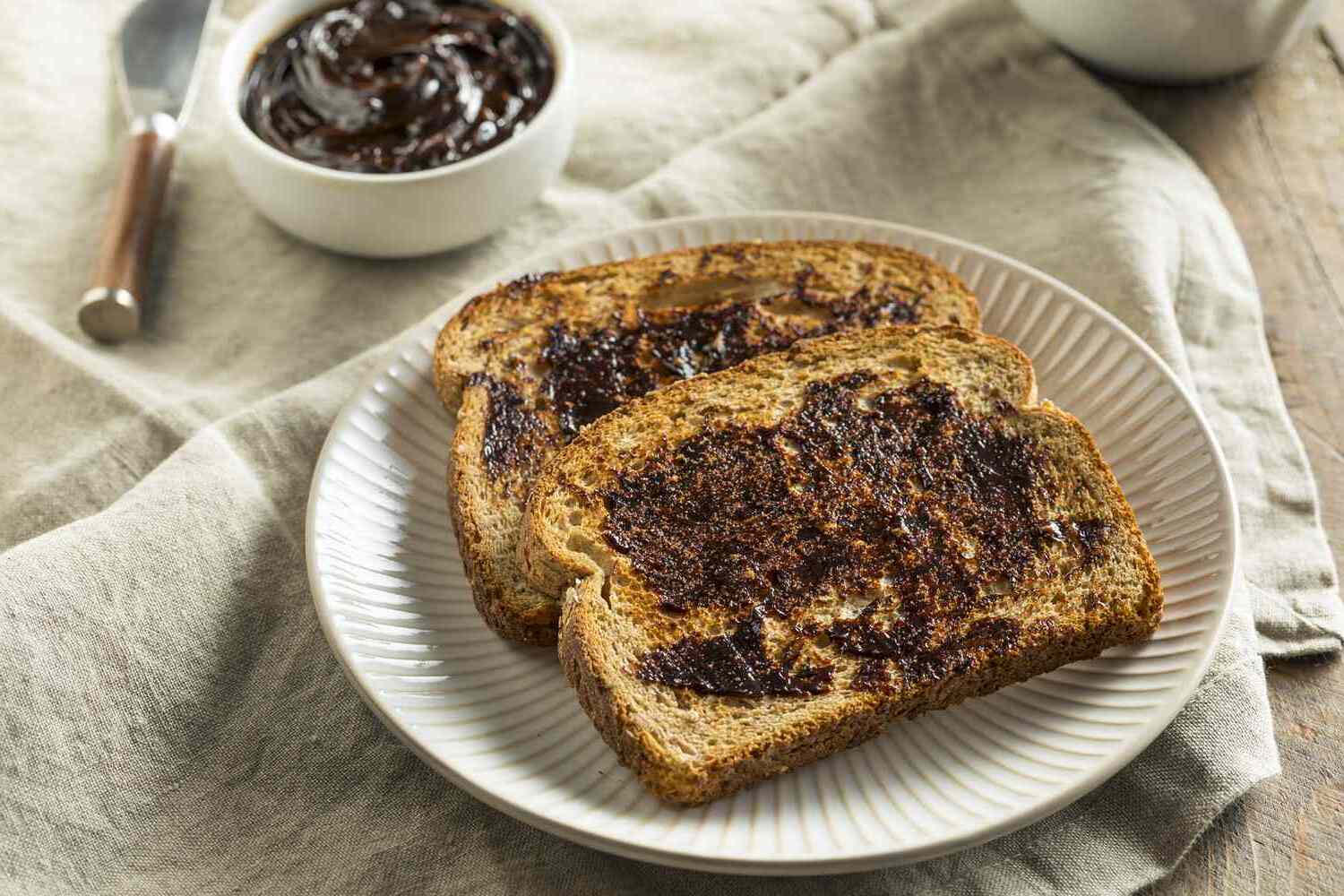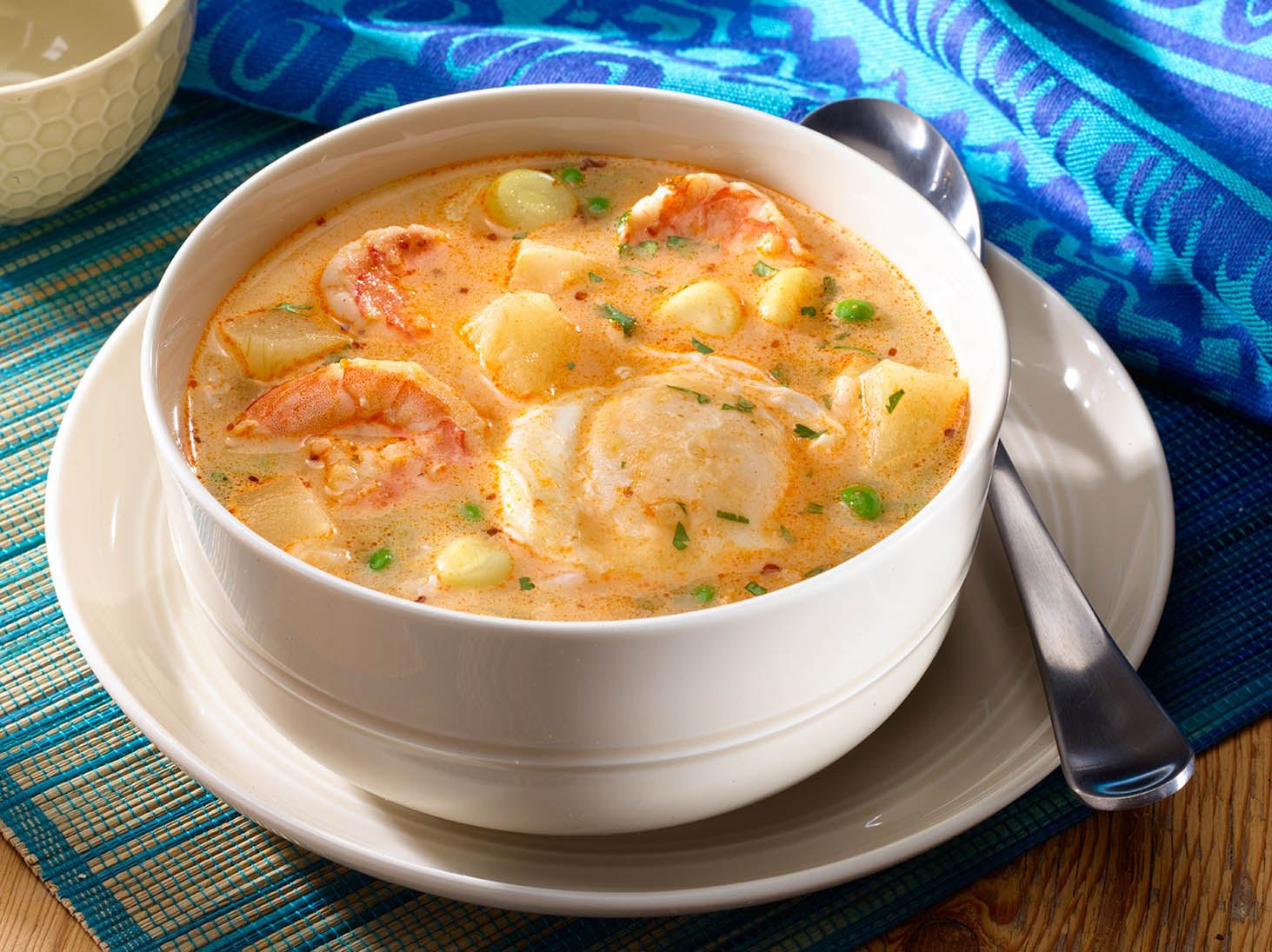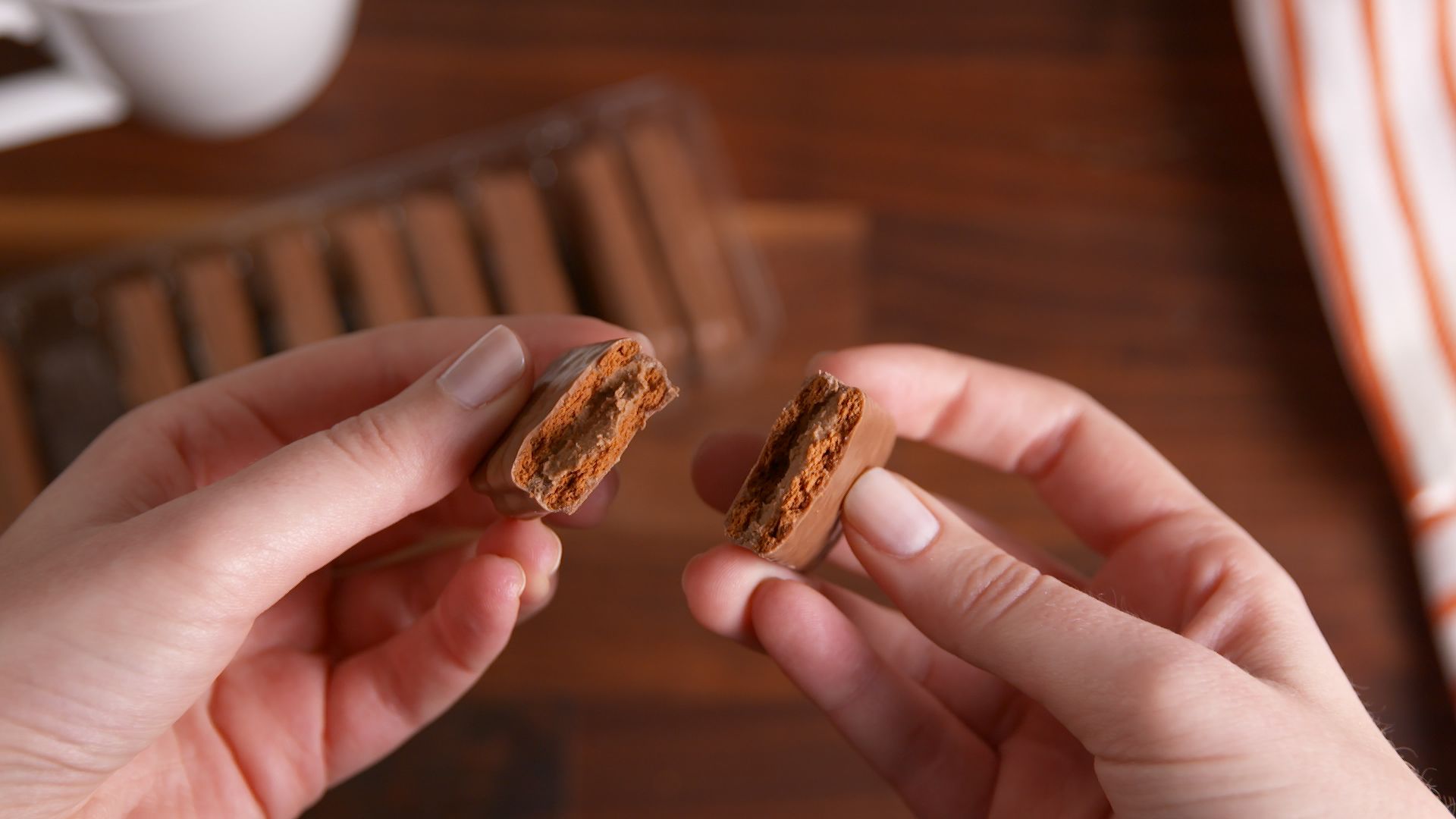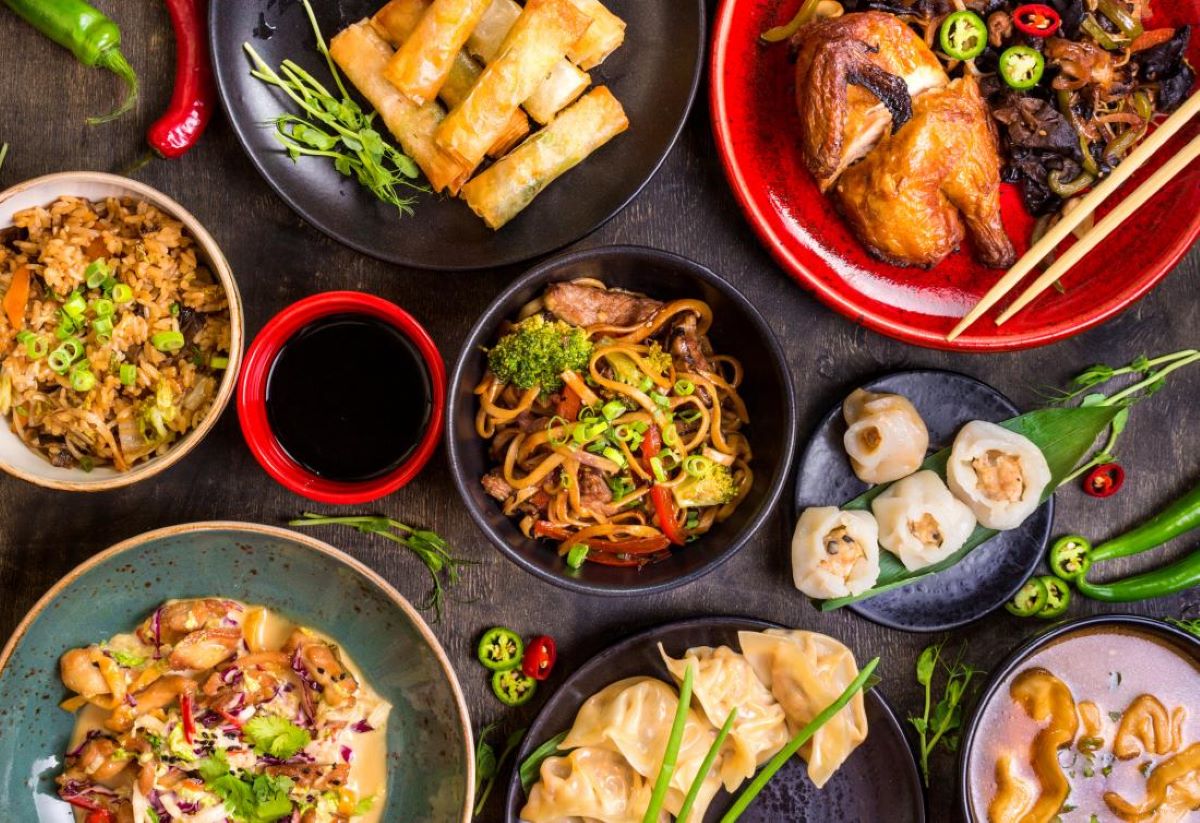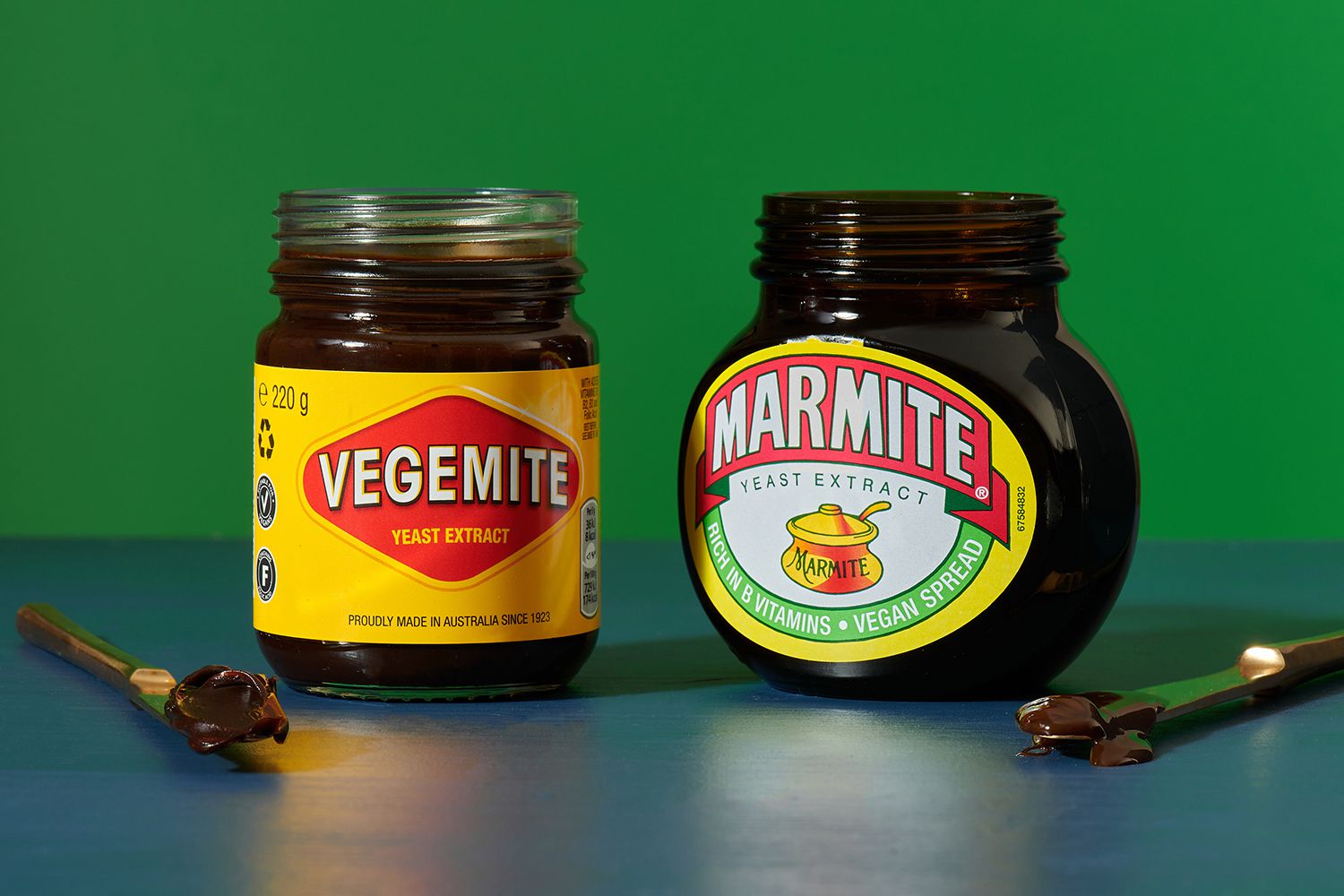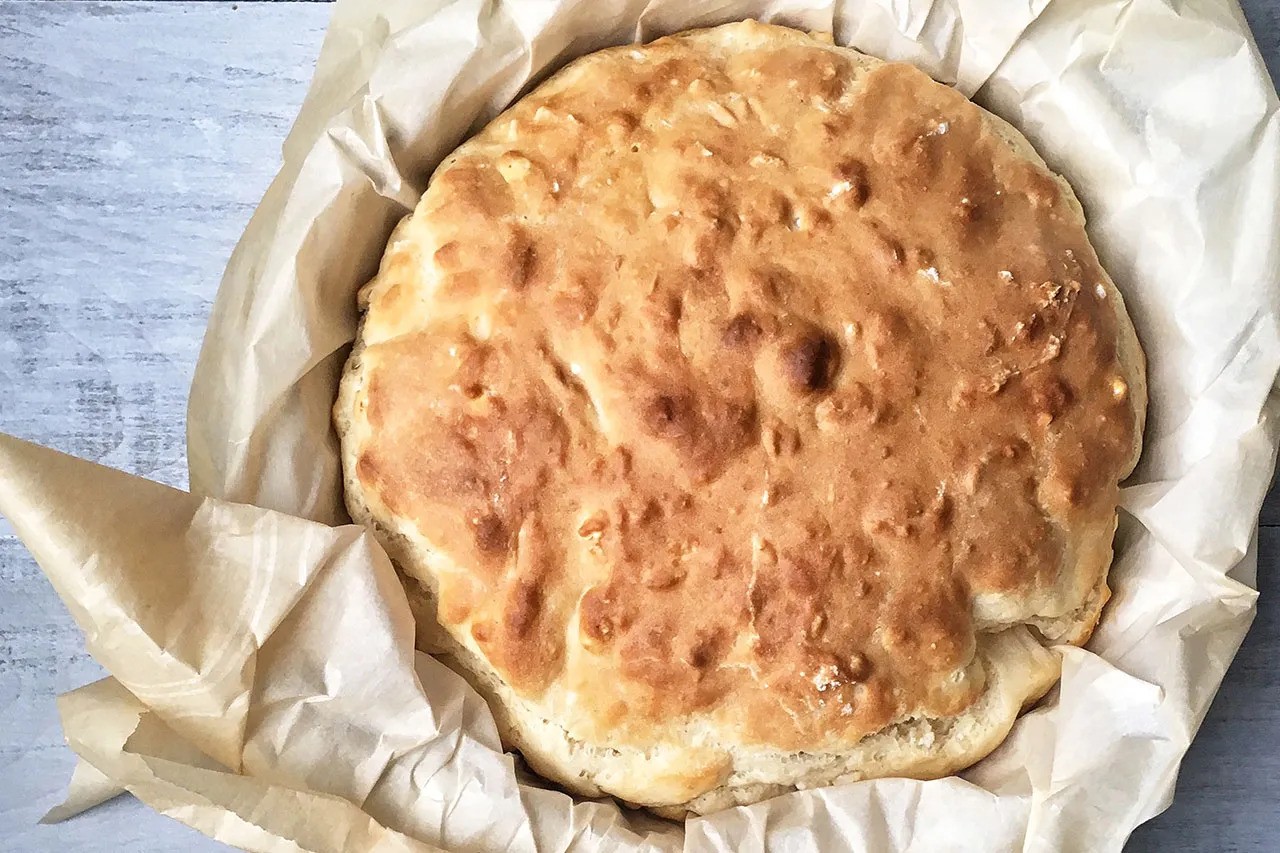Australian cuisine blends indigenous ingredients with influences from British, Mediterranean, and Asian cultures. Imagine savoring a juicy kangaroo steak or a fresh seafood platter right in your kitchen. This blog will guide you through adapting these unique flavors to your home cooking. From the iconic meat pie to the refreshing pavlova, you'll learn how to recreate these dishes with ingredients available at your local grocery store. Get ready to explore the diverse and delicious world of Australian food without leaving your home. Let's dive into the recipes and techniques that make Aussie cuisine so special.
Essential Ingredients for Crafting Australian Delights
Australian Cuisine Adapted for Your Kitchen
Meat Pie:
- 1 lb ground beef
- 1 onion, finely chopped
- 2 cloves garlic, minced
- 1 cup beef stock
- 2 tbsp flour
- 1 tbsp Worcestershire sauce
- Salt and pepper to taste
- 2 sheets puff pastry
- 1 egg, beaten
Lamingtons:
- 1 cup sugar
- 4 eggs
- 1 tsp vanilla extract
- 1 1/3 cups self-raising flour
- 1/2 cup milk
- 2 cups desiccated coconut
- 2 cups powdered sugar
- 1/3 cup cocoa powder
- 1/2 cup boiling water
- 1 tbsp butter
Pavlova:
- 4 egg whites
- 1 cup caster sugar
- 1 tsp white vinegar
- 1/2 tbsp cornstarch
- 1 tsp vanilla extract
- 1 cup heavy cream
- Fresh fruit (kiwi, strawberries, passionfruit)
Anzac Biscuits:
- 1 cup rolled oats
- 1 cup flour
- 1 cup sugar
- 3/4 cup desiccated coconut
- 1/2 cup butter
- 2 tbsp golden syrup
- 1 tsp baking soda
- 2 tbsp boiling water
Barramundi with Lemon Butter Sauce:
- 4 barramundi fillets
- 2 tbsp olive oil
- Salt and pepper to taste
- 1/4 cup butter
- 2 cloves garlic, minced
- 1 lemon, juiced
- 2 tbsp fresh parsley, chopped
Vegemite on Toast:
- 4 slices bread
- Butter
- Vegemite
Damper Bread:
- 2 cups self-raising flour
- 1/2 tsp salt
- 3/4 cup milk
- 1/2 cup water
Sausage Rolls:
- 1 lb sausage meat
- 1 onion, finely chopped
- 1 carrot, grated
- 1/2 cup breadcrumbs
- 1 tsp mixed herbs
- Salt and pepper to taste
- 2 sheets puff pastry
- 1 egg, beaten
The Must-Have Kitchen Gadgets
Tools Needed for Australian Cuisine Adapted for Your Kitchen
-
Chef's Knife
- Essential for chopping vegetables, slicing meat, and dicing herbs.
-
Cutting Board
- Provides a stable surface for all your cutting needs.
-
Mixing Bowls
- Useful for combining ingredients, marinating meat, and mixing dough.
-
Measuring Cups and Spoons
- Ensures accurate measurements for recipes.
-
Saucepan
- Ideal for making sauces, boiling vegetables, and cooking grains.
-
Frying Pan
- Perfect for searing meat, frying eggs, and sautéing vegetables.
-
Baking Sheet
- Needed for baking cookies, roasting vegetables, and cooking meats.
-
Grill or Grill Pan
- Adds a smoky flavor to meats and vegetables, mimicking outdoor grilling.
-
Tongs
- Helps in flipping meat, tossing salads, and handling hot food.
-
Whisk
- Useful for blending sauces, beating eggs, and mixing batters.
-
Peeler
- Makes peeling fruits and vegetables quick and easy.
-
Colander
- Drains pasta, rinses vegetables, and strains liquids.
-
Oven Mitts
- Protects hands from hot pots, pans, and baking sheets.
-
Food Processor
- Speeds up chopping, slicing, and pureeing tasks.
-
Blender
- Blends soups, smoothies, and sauces to a smooth consistency.
-
Rolling Pin
- Rolls out dough for pastries, pies, and flatbreads.
-
Grater
- Grates cheese, zest citrus, and shreds vegetables.
-
Thermometer
- Ensures meat is cooked to the right temperature.
-
Timer
- Keeps track of cooking times to prevent overcooking.
-
Spatula
- Flips pancakes, scrambles eggs, and stirs sauces.
-
Ladle
- Serves soups, stews, and sauces efficiently.
-
Can Opener
- Opens canned ingredients quickly and safely.
-
Mortar and Pestle
- Crushes spices, herbs, and garlic for fresh flavors.
-
Pastry Brush
- Applies glazes, egg washes, and marinades evenly.
-
Kitchen Scale
- Measures ingredients by weight for precise cooking and baking.
-
Zester
- Adds citrus zest to dishes for extra flavor.
-
Garlic Press
- Minces garlic quickly and easily.
-
Skewers
- Perfect for making kebabs and grilling small pieces of food.
-
Basting Brush
- Coats meat with marinades and sauces during grilling or roasting.
-
Salad Spinner
- Dries lettuce and herbs after washing.
-
Mandoline
- Slices vegetables thinly and uniformly.
-
Potato Masher
- Mashes potatoes and other root vegetables smoothly.
Incorporate native ingredients like kangaroo meat, macadamia nuts, and wattleseed to bring authentic Australian flavors into your kitchen. Experiment with traditional dishes such as meat pies and pavlova.
The Magic Behind Australian Cuisine
Australian cuisine blends Indigenous ingredients with influences from British, Asian, and Mediterranean cultures. Adapting these dishes at home allows for a unique culinary experience. Using local produce and spices, you can recreate the flavors of Australia. This approach brings diversity and innovation to your kitchen, making meals exciting and memorable.
Your Culinary Journey Down Under: A Step-by-Step Guide
Australian Cuisine Adapted for Your Kitchen
-
Gather Ingredients
- Meat: Kangaroo, lamb, beef
- Seafood: Barramundi, prawns, oysters
- Vegetables: Sweet potatoes, pumpkin, beetroot
- Fruits: Passionfruit, finger lime, macadamia nuts
- Spices: Lemon myrtle, wattleseed, bush tomato
-
Prepare Meat
- Marinate kangaroo or lamb with lemon myrtle and olive oil
- Season beef with salt, pepper, and bush tomato
- Grill or pan-sear until desired doneness
-
Cook Seafood
- Season barramundi with salt, pepper, and lemon juice
- Grill prawns with garlic and chili
- Steam oysters with a splash of white wine
-
Prepare Vegetables
- Roast sweet potatoes and pumpkin with olive oil and herbs
- Boil beetroot until tender, then slice thinly
- Toss all vegetables with a vinaigrette made from olive oil, vinegar, and mustard
-
Incorporate Fruits
- Slice passionfruit in half, scoop out pulp
- Sprinkle finger lime pearls over seafood dishes
- Chop macadamia nuts and toast lightly
-
Make Sauces
- Combine wattleseed with cream and sugar for a dessert sauce
- Mix bush tomato with olive oil and vinegar for a salad dressing
- Blend macadamia nuts with garlic and olive oil for a nutty pesto
-
Assemble Dishes
- Plate grilled meats with roasted vegetables
- Top seafood with finger lime and passionfruit
- Drizzle sauces over dishes for added flavor
-
Serve
- Garnish with fresh herbs like coriander or parsley
- Pair with Australian wines like Shiraz or Chardonnay
- Enjoy with family and friends
-
Store Leftovers
- Refrigerate meats and seafood in airtight containers
- Keep sauces in jars for up to a week
- Freeze any unused fruits and vegetables for future use
-
Clean Up
- Wash all utensils and cookware
- Wipe down surfaces with a damp cloth
- Dispose of any food scraps responsibly
-
Experiment
- Try different combinations of spices and herbs
- Incorporate native Australian ingredients into everyday meals
- Share your creations with others
Bringing Australian Flavors Home
Australian cuisine offers a vibrant mix of indigenous ingredients, British influences, and Asian flavors. By incorporating bush tucker like kangaroo, wattleseed, and finger lime into your meals, you can experience a taste of Australia without leaving your kitchen. Don’t forget to try classic dishes like meat pies, lamingtons, and pavlova. These recipes are not only delicious but also a fun way to explore another culture. So, grab your apron, gather your ingredients, and start cooking. You’ll be amazed at how easy it is to bring a bit of the Land Down Under to your dinner table. Happy cooking!
All Your Questions Answered
What are some classic Australian dishes I can try at home?
Some classic dishes include meat pies, lamingtons, pavlova, ANZAC biscuits, and Vegemite on toast. These are staples in Australian cuisine and can be easily made in your kitchen.
How do I make a traditional meat pie?
To make a traditional meat pie, you'll need ground beef, onions, beef stock, flour, and puff pastry. Cook the beef and onions, add flour and stock to make a thick filling, then bake it in puff pastry until golden brown.
What is Vegemite and how do I use it?
Vegemite is a savory spread made from yeast extract. It's salty and rich in umami. Spread a thin layer on buttered toast or crackers. A little goes a long way!
Can I make pavlova without a lot of experience?
Yes, pavlova is a meringue-based dessert that's crispy on the outside and soft inside. You'll need egg whites, sugar, cornstarch, and vinegar. Beat the egg whites and sugar until stiff, fold in cornstarch and vinegar, then bake at a low temperature.
What are ANZAC biscuits and how do I bake them?
ANZAC biscuits are oat cookies made with rolled oats, coconut, golden syrup, butter, and baking soda. Mix the dry ingredients, melt the butter and syrup, combine, then bake until golden.
How can I make lamingtons?
Lamingtons are sponge cakes dipped in chocolate icing and rolled in coconut. Bake a sponge cake, cut it into squares, dip each square in chocolate icing, then coat with shredded coconut.
